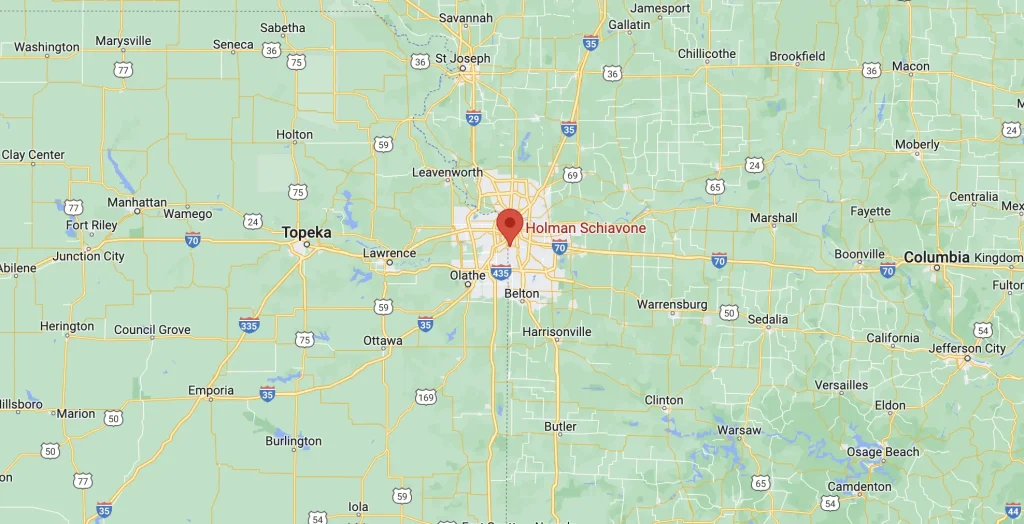Today, smartphones and other electronic devices rule our lives. If you need to check on Facebook friends, get directions or even make a phone call, connectivity is only a few button punches away. However, as our generation succumbs to its technology addictions, unexpected and dangerous driving behaviors are becoming more of a concern. In a recent study published in the American Journal of Public Health (AJPH), researchers at the University of North Texas Health Science Center reported that texting while driving significantly contributes to driving deaths.
The AJPH study revealed that, since 2001, 16,000 people have died as a result of distracted driving crashes. This risky driving behavior accounts for 16 percent of traffic fatalities. Based on trends, this percentage is expected to increase.
In light of these various studies, distracted driving has become a major highway safety concern. According to the National Highway Traffic and Safety Administration (NHTSA), 448,000 people were injured and nearly 5,500 people were killed due to distracted drivers in 2009.
Since cell phone use is the major culprit in distracted driving cases, many states have enacted laws that limit cell phone use by novice drivers. Additionally, 30 states and the District of Columbia have enacted laws banning texting while driving.
Complimenting the various state efforts to combat distracted driving related to cell phone use and texting, the NHTSA has several initiatives geared toward curtailing distracted driving. In September 2010, the federal agency held its Distracted Driver Summit, geared toward drivers transporting hazardous materials, commercial truck and bus drivers, and rail operators. In addition to the Summit, the agency has sponsored various programs and initiatives, such as the Two Seconds Turn Off Day and On The Road to Camp, which encourage safe driving practices and educate young drivers about the dangers of distracted driving.
Cell phone/texting-related distractions, in addition to the emotional and human loss, cost our nation $43 billion dollars each year. As the state and federal government take on what many are now calling a health epidemic, joint and concerted efforts from legislators, motorists, parents, law enforcement, and various other industries will be needed in order to solve this public safety problem.


